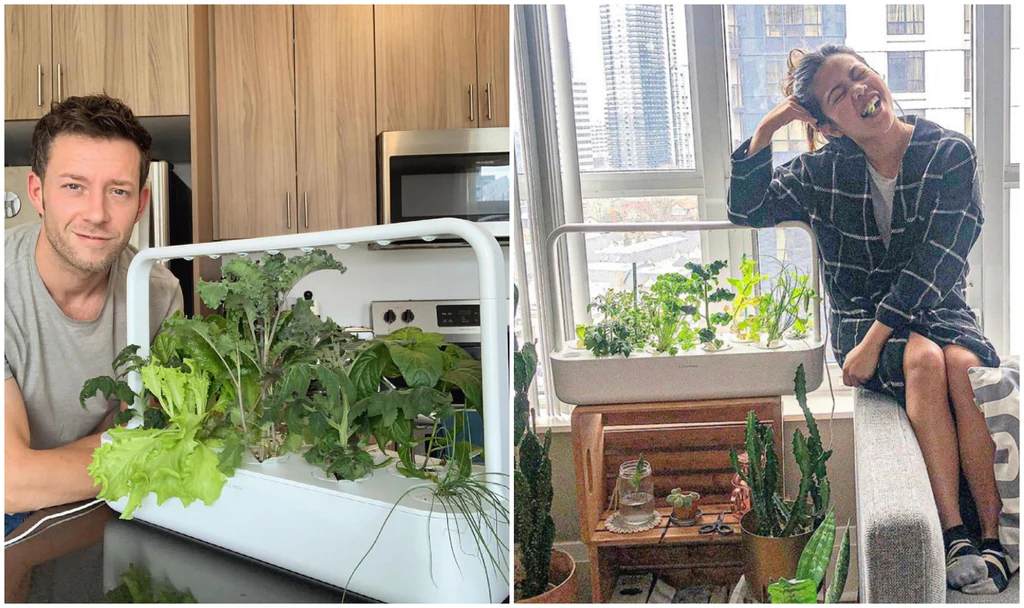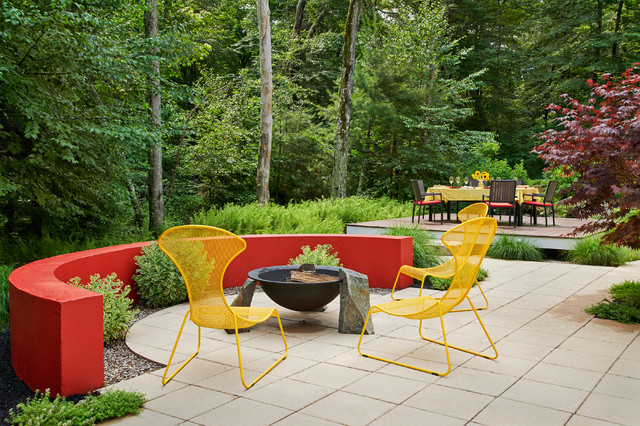Gardening is an enriching hobby that brings natural beauty and a sense of tranquility into our lives. However, one crucial decision for every gardener is choosing between indoor vs. outdoor gardening. Each style of gardening has unique benefits and challenges, making it important to understand which approach suits your lifestyle, environment, and personal goals.

Whether you’re growing herbs on your windowsill or designing a backyard paradise, indoor vs. outdoor gardening offers diverse experiences and rewards. This article will help you explore the pros and cons of both types, giving you the insights needed to decide which gardening style aligns with your needs. So, let’s dive into the world of indoor vs. outdoor gardening and uncover which option best suits your gardening ambitions.
Benefits of Indoor Gardening
Space-Saving and Accessibility
Indoor gardening is perfect for those with limited space or who live in urban areas. Indoor plants can be grown in small apartments, on shelves, or even hanging from ceilings, making it a space-efficient solution. This type of gardening allows people to enjoy greenery without needing a backyard or large outdoor space.
Additionally, indoor plants are easy to access, allowing for daily care without much hassle. With everything within reach, watering, pruning, and monitoring plant health becomes simpler and quicker, making indoor gardening ideal for busy individuals.
Year-Round Growth and Climate Control
Another advantage of indoor gardening is that it allows for year-round cultivation, thanks to controlled indoor climates. With consistent temperatures and humidity, plants can thrive regardless of the season, giving you fresh greens or blooming flowers throughout the year.
Indoor gardening also lets gardeners control other factors like light exposure by using grow lights. This flexibility provides a stable environment for plants that may otherwise struggle with outdoor climate fluctuations, ensuring healthier and more predictable growth.
Benefits of Outdoor Gardening
Larger Space and Variety of Plants
Outdoor gardening opens up endless possibilities in terms of space and plant variety. Gardeners have the freedom to plant a wide range of flowers, vegetables, shrubs, and trees, limited only by the size of their outdoor area. This larger space allows for creative landscaping, including pathways, garden beds, and even ponds.
With more room to grow, outdoor gardening provides the opportunity to cultivate plants that need extra soil depth or spread, such as root vegetables or sprawling vines. The vast variety of plants that can thrive outdoors gives gardeners the chance to explore and diversify their gardening skills.
Natural Sunlight and Pollination
One major advantage of outdoor gardening is access to natural sunlight, which is essential for most plant growth. Sunlight enhances photosynthesis, leading to stronger, healthier plants. Additionally, outdoor gardening benefits from natural pollinators like bees and butterflies, which help in the reproduction and health of plants.
Pollinators play a crucial role in outdoor gardens by supporting a balanced ecosystem and aiding fruit and vegetable production. This natural support system makes outdoor gardening an attractive option for those looking to grow fruit-bearing plants or a diverse garden ecosystem.
Challenges of Indoor Gardening
Limited Light and Space Constraints
While indoor gardening has many advantages, it also comes with certain challenges. One common issue is limited natural light, especially in homes without south-facing windows. Lack of sunlight can make it difficult for plants to photosynthesize effectively, leading to slower growth and weaker plants.
Space constraints in indoor gardening can also limit the types of plants that can be grown. Larger plants or those with extensive root systems may not thrive in small containers or limited spaces, making indoor gardening better suited for smaller plants like herbs and succulents.
Potential for Pest and Humidity Issues
Though indoor gardening is more controlled, it’s still vulnerable to pests and humidity problems. Indoor plants can attract pests like spider mites or aphids, especially if ventilation is poor or plants are overcrowded. High humidity can also lead to mold growth, creating an unhealthy environment for plants.
Managing pests and humidity levels is essential for successful indoor gardening. Gardeners need to regularly monitor plants and ensure proper air circulation to prevent these issues. While manageable, these challenges require diligence and attention to maintain a healthy indoor garden.
Challenges of Outdoor Gardening
Weather Dependence and Seasonal Limitations
One of the most significant challenges of outdoor gardening is reliance on weather and seasonal changes. Extreme weather conditions, such as heavy rains or droughts, can damage plants and disrupt growth cycles. Additionally, outdoor gardens are subject to seasonal limitations, restricting certain plants to specific times of the year.
Outdoor gardeners need to be prepared to protect plants from unpredictable weather, such as by covering plants during frost or installing irrigation systems during dry spells. These seasonal constraints can make outdoor gardening a more demanding option for those who live in areas with harsh climates.
Pest Control and Wildlife Interference
Pests and wildlife can pose serious threats to outdoor gardening, with insects, birds, and small animals potentially damaging plants. Insects like aphids and caterpillars can consume leaves and stems, while animals like rabbits or deer may eat entire plants.
Gardeners often need to invest in protective measures, such as fencing or organic pesticides, to keep pests and wildlife at bay. These challenges make pest control an ongoing task in outdoor gardening, requiring proactive strategies to maintain a healthy and productive garden.
Choosing Between Indoor vs. Outdoor Gardening
Lifestyle and Time Considerations
When deciding between indoor vs. outdoor gardening, consider your lifestyle and the time you have to dedicate to gardening. Indoor gardening is generally less time-consuming and requires minimal space, making it ideal for busy urban dwellers. In contrast, outdoor gardening offers a larger scale but requires more effort to maintain.
Evaluate how much time you can realistically commit to gardening. If you prefer low-maintenance plants and have limited time, indoor gardening might suit you best. For those who enjoy spending time outdoors and have the flexibility for ongoing care, outdoor gardening can be a fulfilling option.
Goals and Environment Preferences
Your gardening goals and environmental preferences also play a role in choosing between indoor vs. outdoor gardening. If you aim to grow vegetables year-round or want a stable environment, indoor gardening offers a more controlled setting. Conversely, if you value biodiversity, natural sunlight, and the experience of being outdoors, outdoor gardening aligns well with these goals.
Consider your surroundings, such as your home layout, available space, and local climate. Your environment will influence what’s possible and practical, making it easier to decide if indoor vs. outdoor gardening is the right path for you.
Conclusion, Indoor vs. outdoor gardening presents two unique and rewarding approaches to growing plants. Each offers distinct advantages and challenges, allowing gardeners to choose the style that best suits their lifestyle, environment, and personal preferences. By considering factors like space, time, and goals, you can determine whether indoor vs. outdoor gardening aligns with your vision.
From space-saving indoor plants to expansive outdoor landscapes, both types of gardening have something special to offer. Embrace the joy of gardening, and remember that whatever you choose, the key is to cultivate a green space that brings you satisfaction and joy. Whether it’s the convenience of indoor gardening or the freedom of outdoor gardening, each path brings the beauty of nature closer to home.


